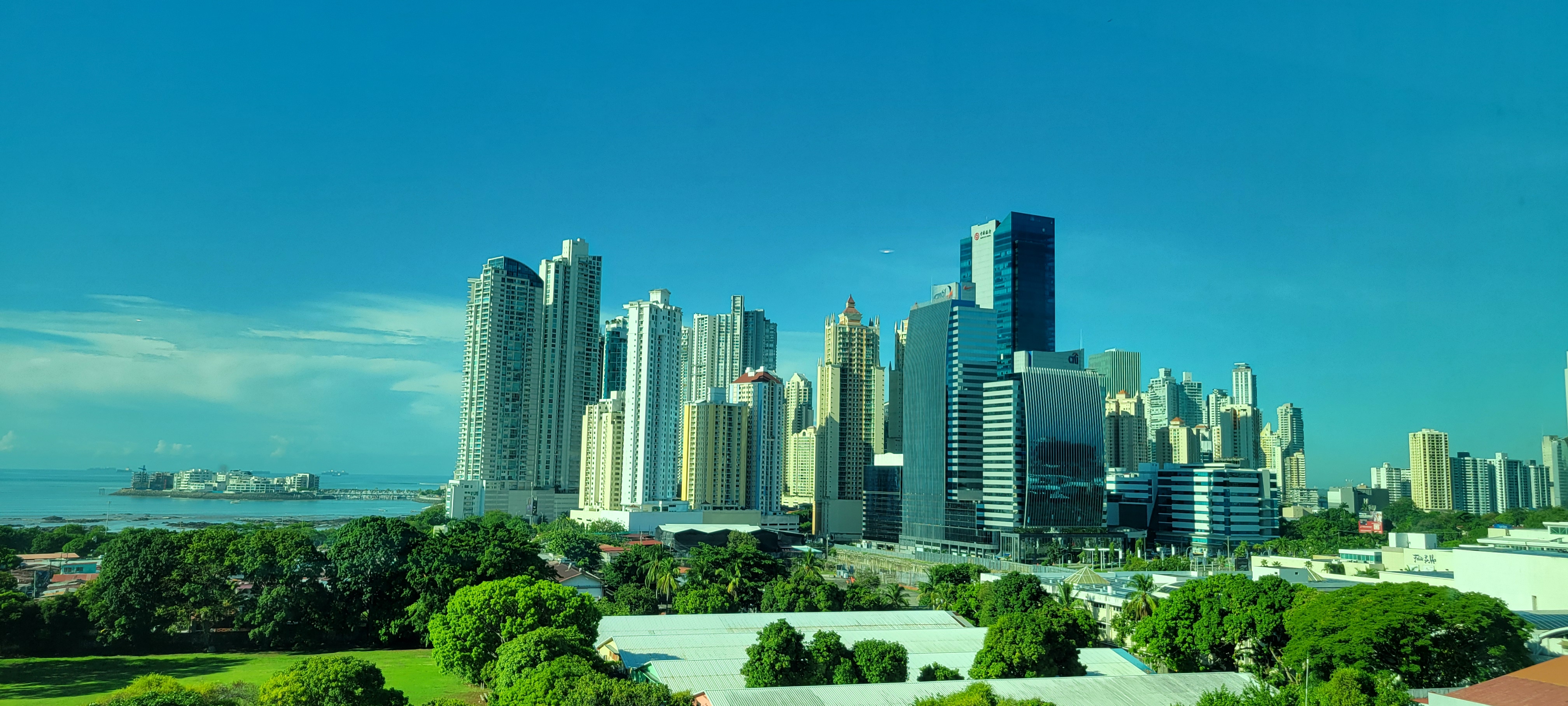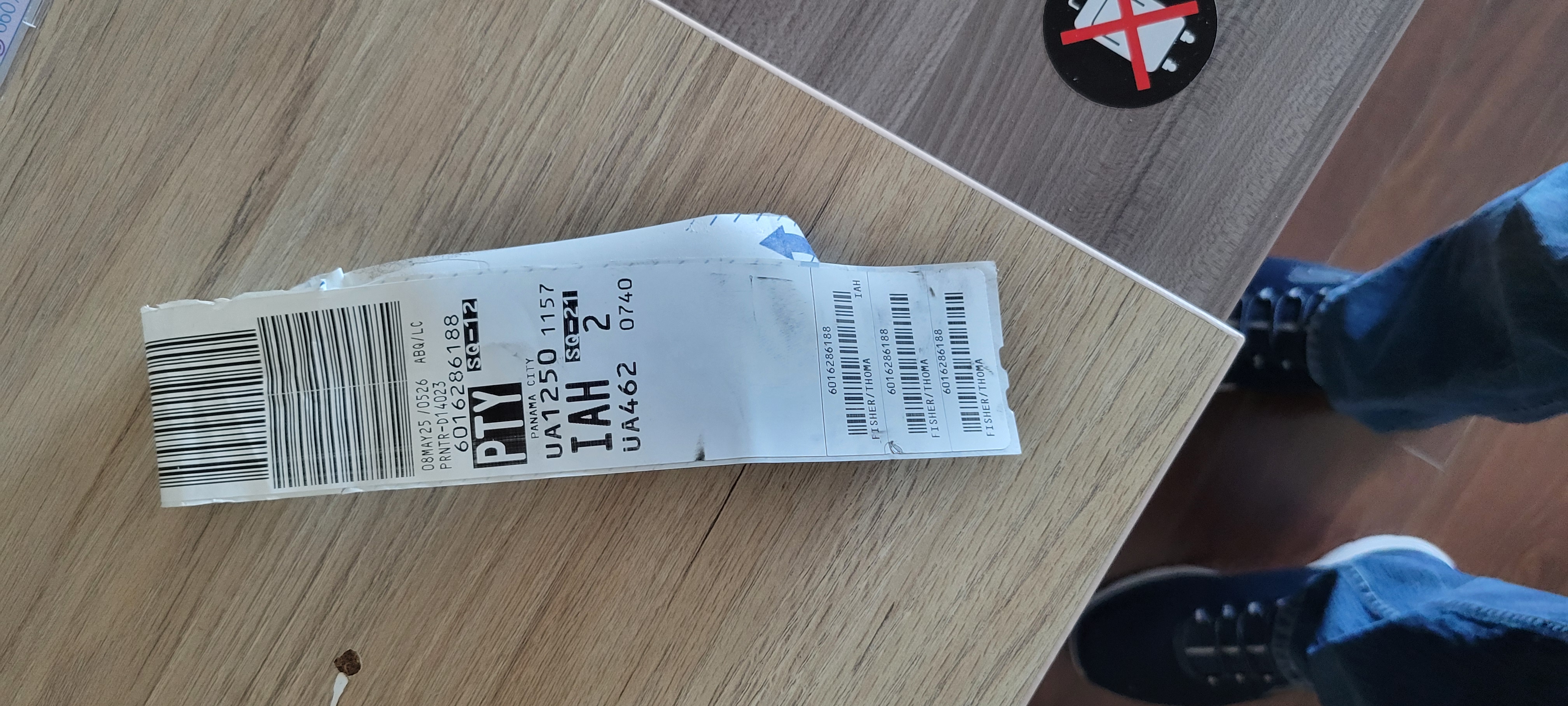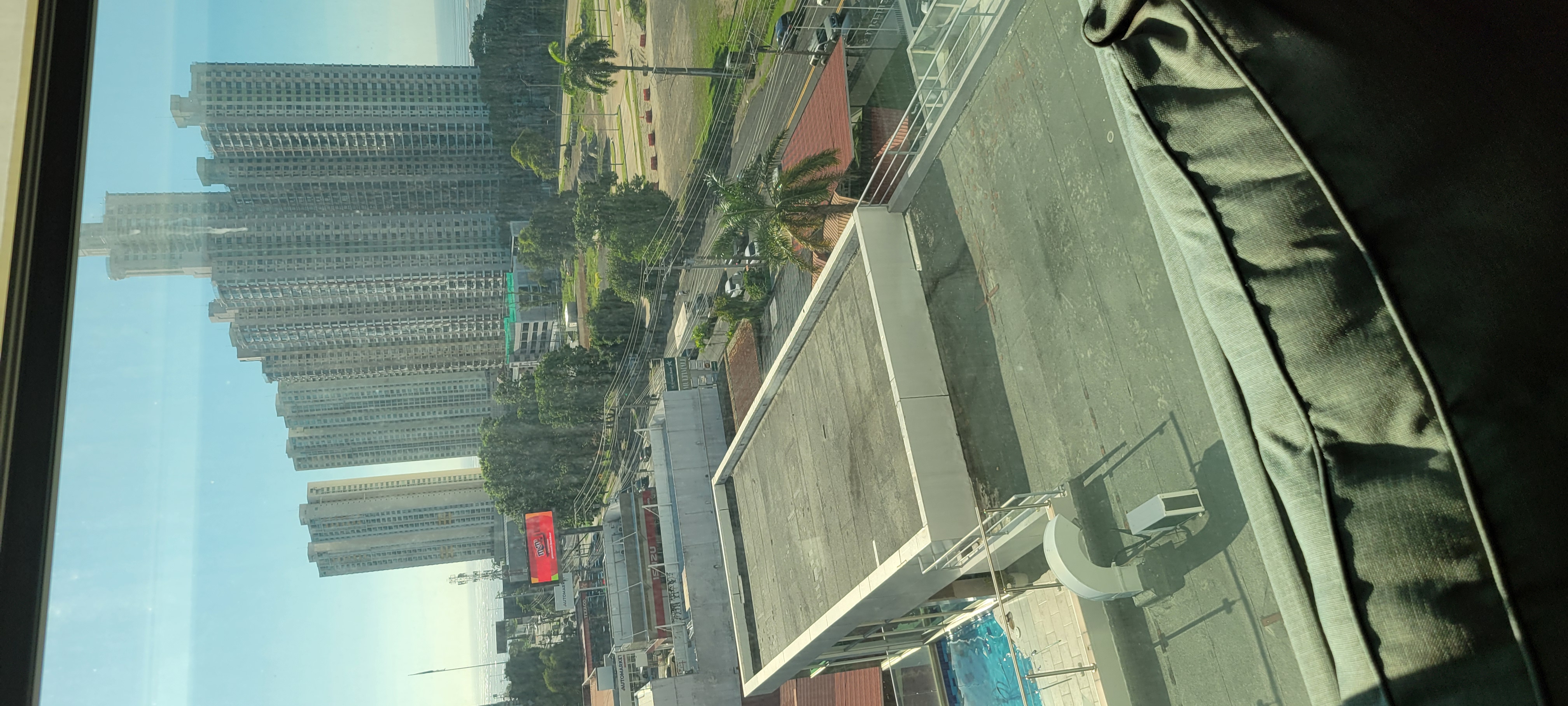The Adventures of Day 1
We had smooth flights, and now it was time to tackle the next phase of our adventure: driving. We rented a car from Thrifty, completing the usual paperwork to ensure we had the right coverage and medical assistance in case anything unexpected happened. Navigating in Panama was a unique experience since the country lacks traditional addresses; instead, you often have to rely on local landmarks. I vividly recall asking someone for directions to our hotel, expecting a street name and number, but instead received the response, “It’s the two or three-story white building by the university.” Thankfully, downloading maps on our phones proved invaluable, as they are regularly updated by Google. The rental company also provided a device for internet access, allowing us to use our Maps app seamlessly. Driving in Panama was quite an adventure, resembling a chaotic free-for-all. The car horn serves as a primary means of communication among drivers. A quick honk is customary as soon as the traffic light turns green, signaling the car in front to "get moving." Another common scenario for a honk occurs when a vehicle might pull out or reverse unexpectedly. The most frequent sound is a long, aggressive honk, which conveys frustration, as if to say, "You cut me off, and while I’d love to ram you, I’ll just honk loudly to express my annoyance." Taxi drivers also use a quick honk to ask pedestrians if they need a ride. Hand gestures are another way drivers communicate, indicating their intended direction, especially in traffic jams. Sometimes, a friendly honk is simply a way to say hello or express gratitude, while other times, it serves as a warning to alert someone of their presence in a blind spot.

|

|

Description |

Description |

Description |

Description |
![[Return]](https://www.tomjfisher.com/ar1re_lt.gif)